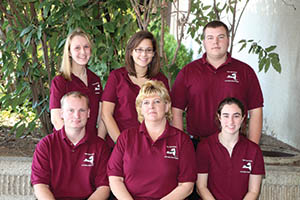Corn harvest lagging in Wisconsin
A late spring and a wet fall have created a one-two punch that has led to a late Wisconsin corn harvest. In the November 30 Wisconsin Crop Progress, published by the Wisconsin field office of USDA's National Agricultural Statistics Service, they report that 67 percent of corn intended for grain has been harvested . . . which means 33 percent still stands in the field. By way of comparison, last year 97 percent was harvested by this time. The five-year harvest average for this week is 95 percent. Just one week ago, only 59 percent of the corn destined for grain was off the field, compared to five-year average of 87 percent.
Wisconsin's wet autumn has led Govenor Jim Doyle to issue an executive order allowing farmers to haul overweight loads on most roads to get their crops to storage or processing. The order will last through the end of December, except for the Christmas holidays, Dec. 24 through 27, and exempts vehicles from weight restrictions if they are carrying corn, potatoes, cranberries, and soybeans to storage or processing. These loads can exceed weight limits by 15 percent. Farmers must meet all other vehicle requirements for size, operation, and driver qualifications and cannot travel on roadways with special weight restrictions or on most interstates.



